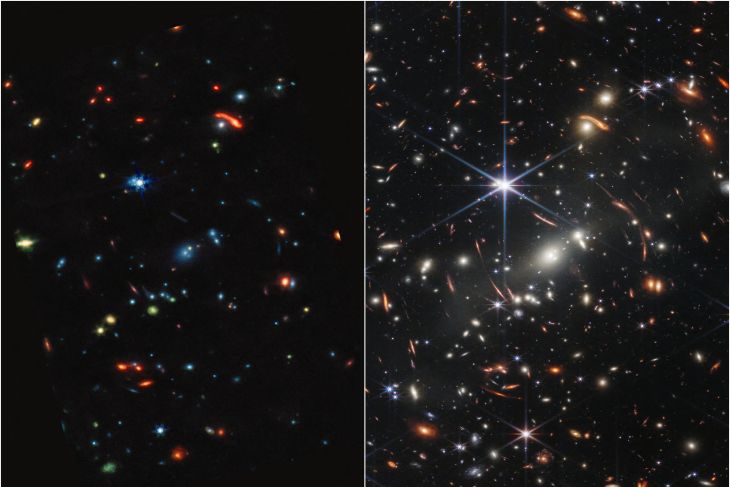Jakarta (ANTARA) – The US Aeronautics and Space Administration (NASA) has displayed a stunning image captured by the James Webb space telescope, highlighting the beauty of the universe.
The telescope, which was launched right at the moment of Christmas 2021, provides a new view of the universe and is expected to provide an overview of future space research.
Reuters broadcast on Thursday, five images on display show some of the most colorful and vivid cosmic phenomena in history.
For example, the image of two nebulae that are forming new star candidates and two sets of galaxy clusters.
NASA is also preparing to present the first spectrographic analysis from the Webb Telescope of a planet estimated to be half the mass of Jupiter and located more than 1,100 light-years away.
Of the cosmic phenomena exhibited by NASA, there is a phenomenon that is familiar to scientists such as a group of galaxies 290 million light years away called “Stephan’s Quintet”.
The galaxy cluster has been discovered since 1877, but NASA promises images and captures from the Webb Telescope will provide researchers with new insights.
“What I saw moved me as a scientist, as an engineer and as a human being,” said NASA Deputy Administrator Pam Melroy who reviewed the images.
The James Webb Telescope is a telescope with an infrared sensor that cost $9 billion to build and was sent into space to replace the Hubble Space Telescope.
The object used for space observations orbits a distance of 1.6 million kilometers from Earth to monitor unimaginable phenomena in space.
Its infrared sensitivity is unmatched, allowing the Webb Telescope to detect light sources that would otherwise be hidden in the visible spectrum of dust and gas.
Webb’s instruments also make it ideal for searching for atmospheric signs that could potentially support life around Earth, such as on Mars or on Saturn’s natural satellite, Titan.
In addition to a number of studies that have been prepared for the Webb Telescope, the telescope’s most revolutionary discoveries may occur, such as when the Hubble Telescope opened up a new field of research on “Dark Matter” or dark matter.
–


